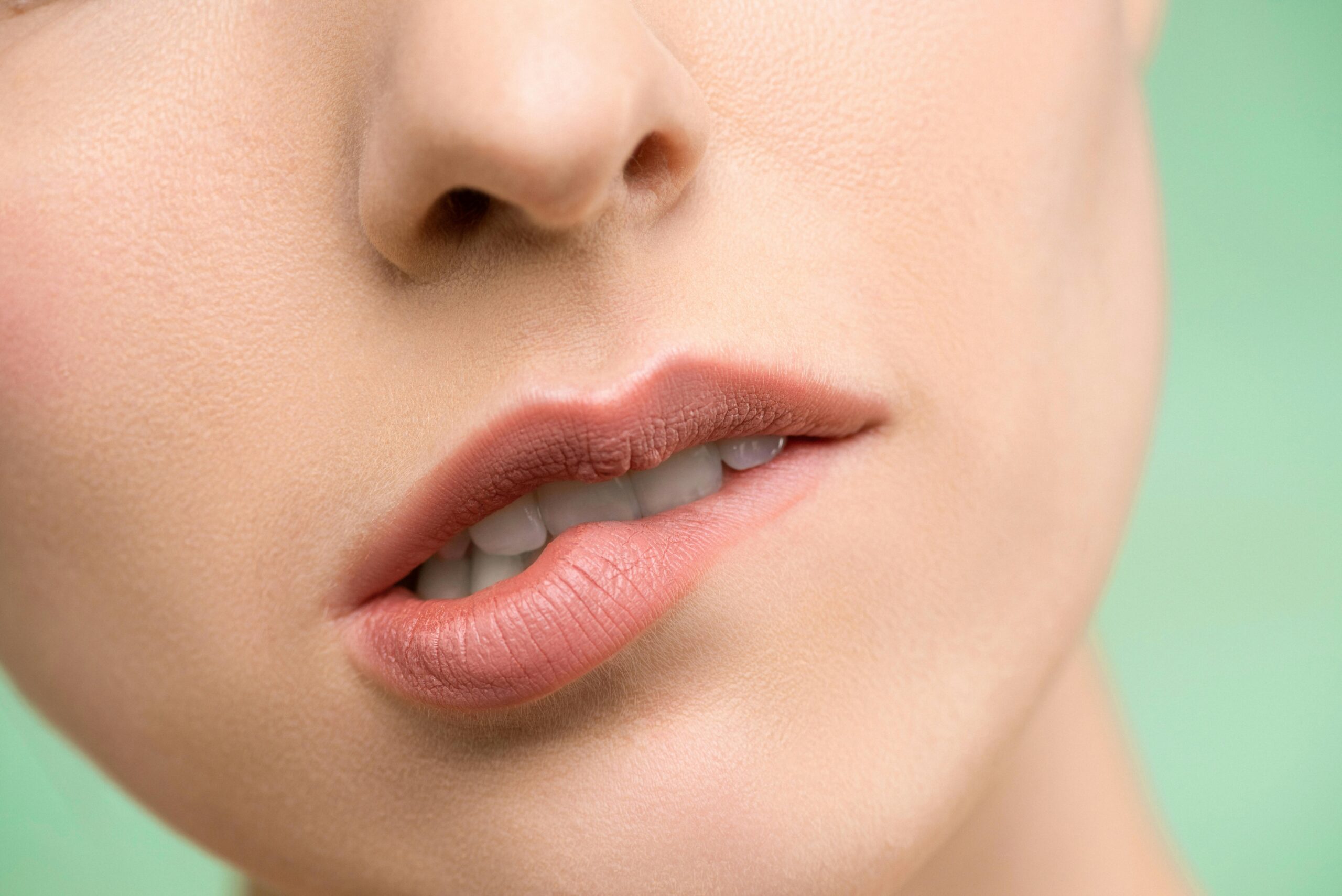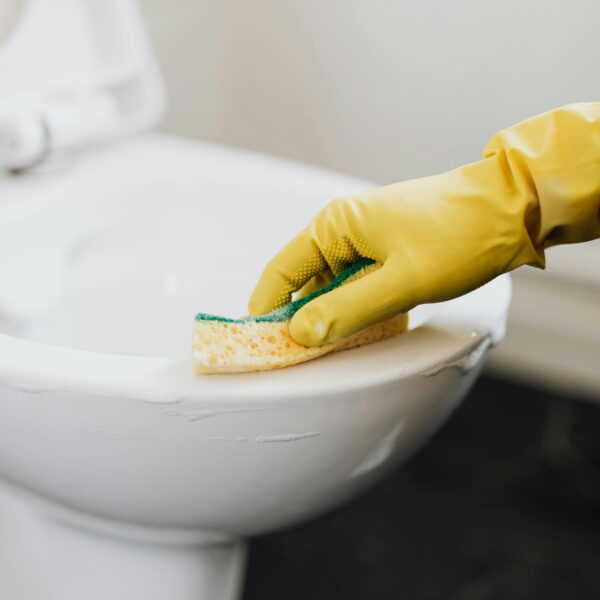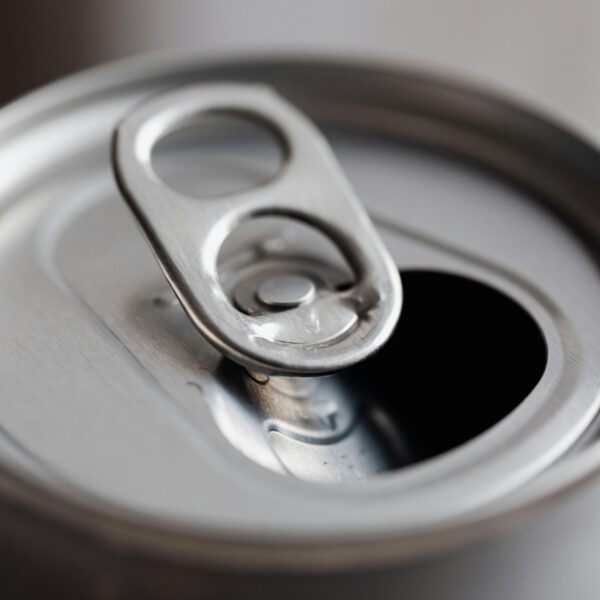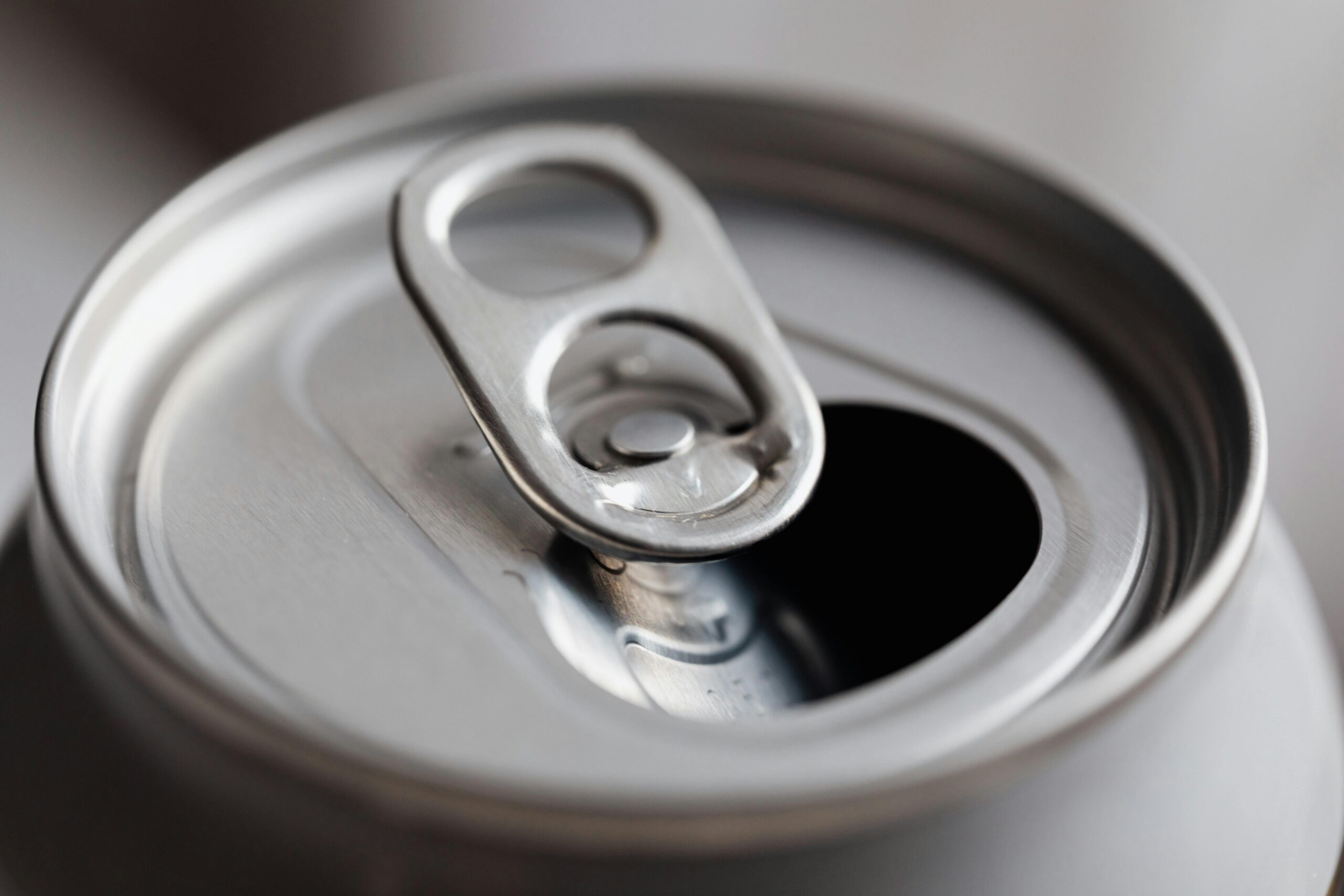Your cart is currently empty!
Report | Peptides vs. Fluoride in Dental Health?
Dental caries remains a significant public health issue worldwide, prompting ongoing research into effective preventive measures. Fluoride has been the cornerstone of caries prevention for decades, while peptides, particularly those derived from milk proteins, have emerged as potential alternatives or adjuncts to fluoride treatments. This report reviews the current literature comparing the efficacy of peptides and fluoride in promoting dental health.
Fluoride: Mechanism and Efficacy
Fluoride is a naturally occurring mineral that has been widely used in dentistry for its caries-preventive properties. Its primary mechanisms include:
- Remineralization: Fluoride enhances the remineralization of demineralized enamel by promoting the deposition of calcium and phosphate ions, forming fluorapatite, which is more resistant to acid than hydroxyapatite (Fejerskov & Kidd, 2015).
- Inhibition of Demineralization: Fluoride reduces the solubility of enamel in acidic environments, thereby inhibiting the demineralization process (Marinho et al., 2003).
Numerous studies have demonstrated the effectiveness of fluoride in reducing caries incidence. A systematic review by Marinho et al. (2003) concluded that fluoride varnishes significantly reduce caries in children and adolescents.
Peptides: Mechanism and Efficacy
Peptides, particularly casein phosphopeptides (CPP), have gained attention for their potential in dental health. CPPs are derived from milk proteins and can stabilize calcium and phosphate ions, promoting enamel remineralization (Reynolds, 2008). Key mechanisms include:
- Stabilization of Minerals: CPPs can form complexes with calcium and phosphate, preventing their precipitation and enhancing their availability for remineralization (Reynolds, 2008).
- Antimicrobial Properties: Certain antimicrobial peptides have been shown to inhibit the growth of cariogenic bacteria, such as Streptococcus mutans (Koo et al., 2013).
Comparative Studies
Research comparing the efficacy of fluoride and peptide treatments has yielded mixed results. Some studies suggest that peptide-based treatments can be as effective as fluoride in promoting remineralization. For instance, a study by O’Sullivan et al. (2015) found that a CPP-ACP paste was effective in remineralizing early carious lesions, comparable to fluoride varnish.
However, fluoride remains the gold standard in caries prevention. A systematic review by ten Cate (2013) emphasized that while peptides show promise, they do not yet replace fluoride’s established role in caries prevention.
Combination Therapies
Recent studies have explored the potential benefits of combining fluoride with peptide treatments. Research indicates that such combination therapies may enhance the overall effectiveness of caries prevention strategies. For example, a study by Ganss et al. (2011) demonstrated that the combination of fluoride and CPP-ACP resulted in greater remineralization of enamel than either treatment alone.
Conclusion
Both fluoride and peptides have demonstrated efficacy in promoting dental health, albeit through different mechanisms. Fluoride remains the most widely accepted and effective agent for caries prevention. However, peptides, particularly CPPs, show promise as complementary treatments. Ongoing research is necessary to fully understand their potential and to explore combination therapies that may enhance caries prevention strategies.
References
- Fejerskov, O., & Kidd, E. A. (2015). Dental Caries: The Disease and Its Clinical Management. Wiley-Blackwell.
- Ganss, C., et al. (2011). “Remineralization of enamel lesions by fluoride and casein phosphopeptide-amorphous calcium phosphate.” Caries Research, 45(5), 469-474.
- Koo, H., et al. (2013). “Antimicrobial peptides and their potential use in oral health.” Journal of Oral Microbiology, 5.
- Marinho, V. C., et al. (2003). “Fluoride varnishes for preventing dental caries in children and adolescents.” Cochrane Database of Systematic Reviews, (3).
- O’Sullivan, M., et al. (2015). “The effect of casein phosphopeptide-amorphous calcium phosphate on the remineralization of early carious lesions.” Journal of Dentistry, 43(1), 1-7.
- Reynolds, E. C. (2008). “Calcium phosphate-based remineralization systems: A review.” Australian Dental Journal, 53(3), 1-10.
- ten Cate, J. M. (2013). “Current concepts on the theories of the mechanism of action of fluoride.” Acta Odontologica Scandinavica, 71(5), 1-7.
This report provides an overview of the current understanding of the roles of peptides and fluoride in dental health, highlighting the need for further research in
TheHill.com Just In Unbiased Politics News
- Trump is right to tell Zelensky, ‘No Tomahawks for Ukraine yet’by Robby Soave, opinion contributor on October 20, 2025 at 4:30 PM
President Putin, the ball is now in your court.
- After Israel’s strike on Qatar, a US strategic shiftby April Longley Alley and Abdulkhaleq Abdulla, opinion contributors on October 20, 2025 at 4:30 PM
The silver lining to the Doha strike may be the newfound Gulf 3 alignment.
- Trump signs critical minerals agreement with Australiaby Brett Samuels on October 20, 2025 at 4:25 PM
President Trump on Monday signed an agreement to heighten cooperation with Australia on rare earth material and critical minerals. Trump signed the agreement alongside Australian Prime Minister Anthony Albanese, who visited the White House. “We are discussing critical minerals and rare earths, and we’re going to be signing an agreement that’s been negotiated over a…
- Speaker Johnson says Trump ‘No Kings’ AI video was satireby Emily Brooks on October 20, 2025 at 4:25 PM
Speaker Mike Johnson (R-La.) on Monday dismissed an AI-generated video President Trump posted, showing him wearing a crown in a fighter jet and dropping brown sludge on “No Kings” protesters, as “satire,” asserting that some of the protesters at Saturday’s rallies were “trying to incite violence.” “You say that Democrats had a ‘hate America’ rally….
- RFK Jr. to unveil new guidance encouraging more saturated fatsby Nick Smith on October 20, 2025 at 4:10 PM
Foods like butter, cheese and red meat could be reemphasized in new dietary guidelines.
Featured Articles
Search
Author Details














Leave a Reply